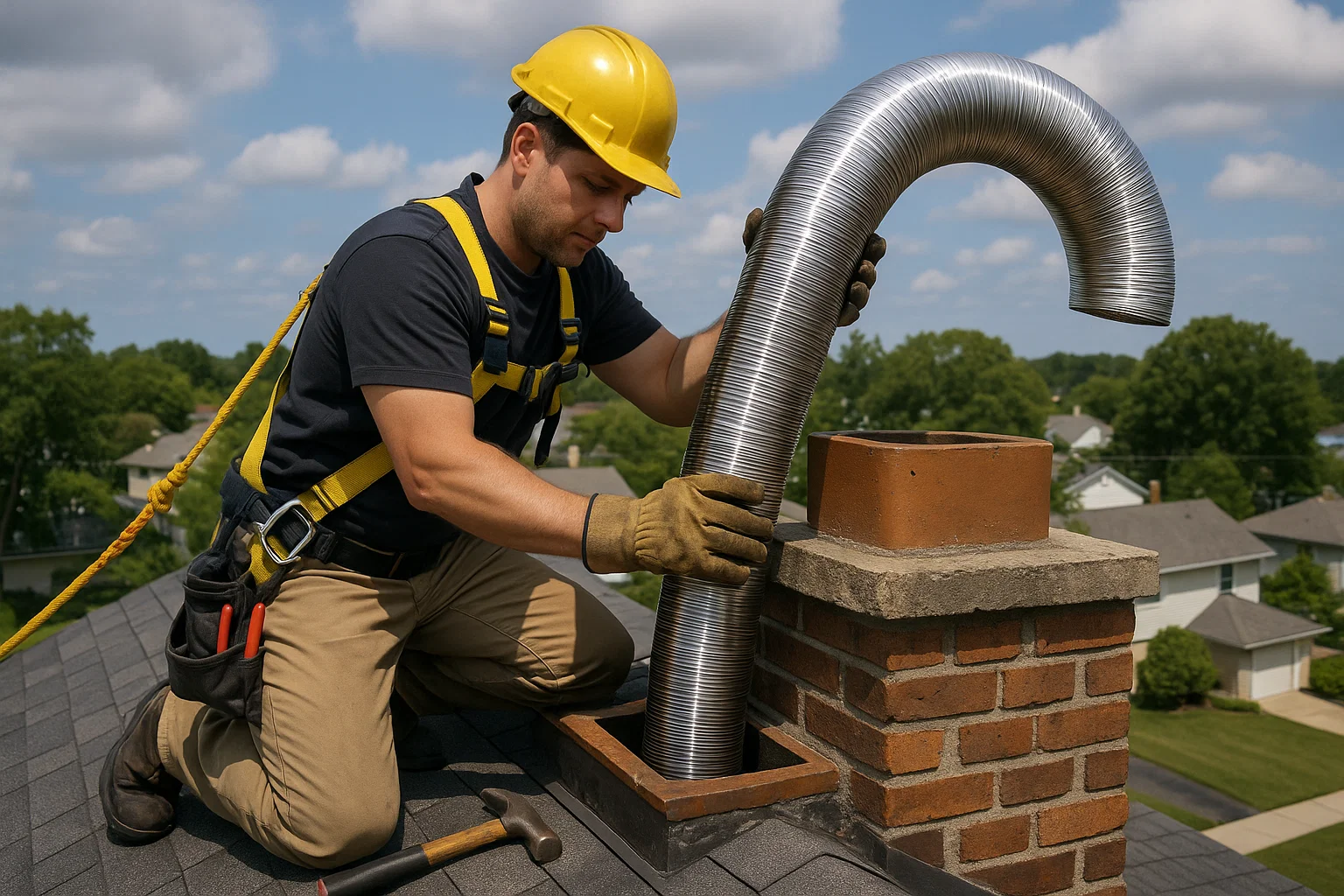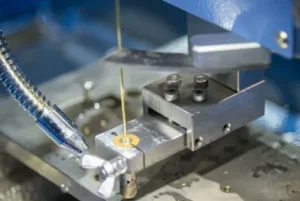Introduction
A safe and efficient chimney system doesn’t just rely on bricks and mortar—it depends heavily on something hidden inside: the chimney liner. This often-overlooked component plays a critical role in keeping your home protected from smoke, fire hazards, and structural damage. However, in a city like Saint Cloud, where seasonal weather swings and regular fireplace use are common, issues with the chimney liner can appear more frequently than homeowners realize.
Why It Matters
Your chimney liner acts as the internal defense barrier between high heat and your home’s structure. If it starts to break down, crack, or get blocked, it can’t perform its job properly. A compromised liner exposes the home to dangerous conditions—carbon monoxide leaks, poor ventilation, and even chimney fires. For Saint Cloud residents, where winters drive high fireplace usage, paying attention to your chimney liner’s condition is not just a matter of maintenance—it’s a matter of safety.
Common Problems
There are several common causes behind chimney liner problems, many of which develop quietly over time. Here’s what typically triggers these issues:
- Moisture intrusion: Rain or snow entering the flue can lead to corrosion or tile cracking.
- Excessive creosote buildup: When wood doesn’t burn completely, it leaves behind a sticky residue that damages the liner.
- Improper installation: Liners not fitted correctly from the start are more prone to wear, heat damage, and airflow restriction.
- Age-related wear: Older homes in Saint Cloud often have clay liners that naturally crack or deteriorate with time.
- Chimney fires: Even small flare-ups inside the chimney can severely damage the liner’s structure.
In many cases, these problems start small and go unnoticed. That’s why having an annual inspection is critical. Certified technicians check for cracked flue tiles, metal liner corrosion, ventilation blockages, and other signs of structural damage that might escape the average homeowner’s eye.
Key Benefits
Understanding the root causes of liner issues helps you act fast and avoid major repairs. But fixing them early also brings a range of advantages:
- Improved energy efficiency: A clean, intact liner helps smoke and heat exit properly, allowing your system to perform better.
- Longer chimney lifespan: Repairs reduce stress on other parts of your chimney, preventing future structural issues.
- Safer indoor air quality: Carbon monoxide and other gases escape properly through a functioning liner.
- Better home heating: Efficient airflow from a healthy liner helps your heating appliance burn cleaner and more evenly.
A local Saint Cloud chimney technician says, “We find that most homeowners only notice a problem once it affects heat output or smoke starts backing into the room. That’s why it’s essential to have your chimney inspected before winter hits—it can save you from costly damage and health risks.”
The Role of Pellet Stove Repair
In homes where pellet stoves are used either in place of or alongside traditional fireplaces, the chimney liner’s condition becomes even more important. Pellet stoves burn compact fuel efficiently but still require proper ventilation to avoid soot buildup and blockages. Often, the liner must be upgraded or relined to meet the demands of newer stove models. Over time, this leads to increased calls for pellet stove repair, especially when owners notice poor airflow, strange odors, or difficulty maintaining consistent heat. Maintaining the chimney liner ensures these units work safely and efficiently without constant breakdowns or fire hazards.
Cost Breakdown
| Service Type | Estimated Cost (USD) | Time Frame |
|---|---|---|
| Chimney Liner Inspection | $100 – $250 | 1 – 2 hours |
| Partial Chimney Liner Repair | $400 – $800 | 1 – 2 days |
| Full Chimney Liner Replacement | $1,200 – $3,500+ | 2 – 3 days |
| Pellet Stove Ventilation Adjustment | $250 – $600 | 2 – 4 hours |
Disclaimer: Prices may vary depending on the chimney’s condition, liner material (clay, stainless steel, etc.), accessibility, and local labor rates.
FAQs
1. How often should I have my chimney liner checked?
Once a year is recommended—especially before winter. This helps catch cracks, creosote, and other issues early.
2. Can I use my fireplace if the liner is damaged?
No. Using a chimney with a damaged liner can cause fires or release harmful gases into your home.
3. How long does a new chimney liner last?
A well-installed stainless steel liner can last 15–20 years or more, while clay liners tend to wear out faster and require more upkeep.
Key Features
Reliable chimney liner services in Saint Cloud typically offer:
- High-resolution video inspections for accurate damage assessment
- Stainless steel liner installations with lifetime warranties
- Custom liner sizing to fit older or unusually shaped flues
- Fast turnaround for emergency repairs during cold seasons
- Certified technicians with local knowledge of Saint Cloud building codes
Safety
Ignoring chimney liner problems doesn’t just risk property—it risks lives. Damaged liners allow heat, flames, and toxic gases to escape into areas they shouldn’t. This increases the risk of house fires and exposure to carbon monoxide, a silent but deadly threat. Professional chimney repair includes safety-focused services like proper sealing, insulation, and fire-rated materials to meet or exceed modern safety standards.
Emergency Services
Saint Cloud’s weather can turn quickly, so it’s no surprise that many chimney companies offer emergency services during colder months. If you suspect a liner issue after a storm, chimney fire, or sudden drop in stove performance, emergency crews can often arrive same-day. These services include immediate blockage removal, temporary sealing, or even full relining for severe cases. Quick action during a chimney emergency can prevent fire spread, indoor smoke, and high repair costs.
Conclusion
Chimney liner issues might be hidden, but their impact is anything but. In Saint Cloud, where colder seasons push chimneys into heavy use, these problems can quickly escalate. Understanding what causes chimney liner damage—moisture, buildup, improper installation, or simple wear—empowers homeowners to act before the damage spreads. With proper inspection, timely repair, and professional support, your chimney system stays efficient, safe, and reliable year after year.
Read More: Saint Cloud Chimney Sweep




